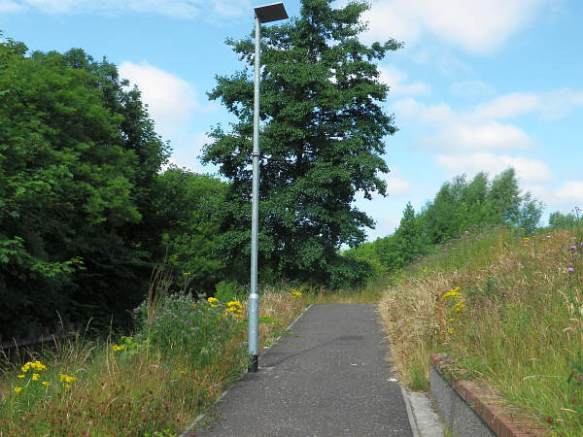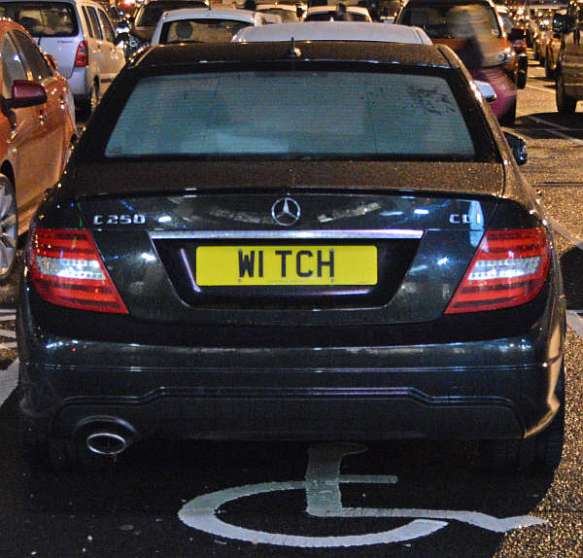
Although it will not be the first council to convert its street lighting to LED (light-emitting diode), Glasgow City Council is the first to take advantage of a new scheme from the Edinburgh-based Green Investment Bank (GIB), the first of its kind in the world, set up in November 2012 with £3.8 billion of UK government money to help the UK move to a greener economy. GIB has already invested £75 million in energy projects. The scheme means that the council will receive the cash needed for the replacements upfront, but pays back over time as the savings materialise.
GLASGOW has become the first local authority in the UK to sign up for a new green loan to finance the switch to eco-friendly street lighting.
An upgrade of the city’s network of 72,000 ageing sodium lamps is predicted to slash energy bills by around two-thirds and cut greenhouse gas emissions by more than 45,387 tonnes.
Street lighting in the city costs around £8.5 million a year to run and is responsible for about 16 per cent of Glasgow’s spend on power.
Now councillors hope most of the outdated lights will be replaced with energy-saving LED (light-emitting diode) versions by the end of 2015, ahead of the 200th anniversary in 2018 of municipal lighting coming to Glasgow.
The outlay for installing the first 10,000 new lamps is estimated to be £8.6m, but the new technology is forecast to save the city £8.9m over 18 years.
Maintenance costs will also be lower as the modern lamps are expected to burn for 15 to 20 years, which is up to six times longer than the lifespan of standard sodium bulbs currently in use.
Via Glasgow blazes trail for green street lights – The Scotsman
Not only will the change save money, it will benefit skywatchers and astronomers in the surrounding countryside, as LED lighting sends more light down to the ground and less to the sky – that which does go upwards arises mostly from ground reflection. Almost 100% of the light goes downward, unlike conventional street lights which can easily send a third of their output into the night sky, causing light pollution.
The new lights can pay for themselves within 5 to 15 years, depending on where and how they are used, and their expected useful life is at least 40 years.
LED street lighting is already here
A number of councils have already introduced LED street lighting. There’s some in Fife, and Dumfries & Galloway was an early user of the technology, in order to look after the Dark Sky award it achieved.
More noticeably, LED lighting has been used in all the new builds and new installations I’ve seen being built around the east end, particularly in places like the newest industrial estates and footpaths that surround them.

Clyde LED path light
Negative reaction – roll on the naysayers
I’m not quite sure why this (and other similar announcements elsewhere) seem to bring out the naysayers, but a look at the comment sections (where provided) after these stories reveals a lot of negative reaction to LED lighting.
I don’t intend to analyse or refute it in detail (or argue with anyone who makes the same comments here), but observe that most of them quote reports, surveys, and analyses that are years if not decades out of dare. LED technology has advanced rapidly since around 2008 or so, when the once dull white LED started to make inroads as its efficiency increased, but even those devices are now ‘old’.
Others are pointing at cheap LED lighting being sold on the domestic market, poorly or badly designed and manufactured), and citing its poor life and illumination performance as if it was representative of reputable (and admittedly more expensive) hardware.
Just as bad are those I refer to as ‘half-baked scientists’, who selectively quote specifications and irrelevant parameters as they trash the technology, and spread misinformation that those who are not trained then pick up and repeat, as if it was honest and accurate research.
However, I’d also note that this is very new technology, being widely adopted very early in its life cycle, so there will be problems.
Back in the days of CFLs (compact fluorescent lamps), I spent a fortune on some very high output lamps from a very reputable manufacturer – and was bitten because they all failed early in their life. But the net effect was still positive – despite the loss on initial purchase cost, I saved electricity while they were in use, and the massive hike in energy prices over the past few years meant I saved overall. Apart from those four (and some dubious little imports), I’ve had none of the problems that the naysayers promised me for using CFLs.
Seriously – just IGNORE the naysers.
I have no idea what their agenda is, or if they are just Luddites, but they’re not even worth listening to.

